The Zeiss 28mm ZM Biogon is a Zeiss’s answer to the m-mount 28mm lens. Its reputation precedes it as an excellent piece of glass, but however objectively good it is, that’s not the sum total of what I’m interested in. What I’m also interested in discovering is just how much of the character I see and love in my 50mm Sonnar can be found in other Zeiss M lenses…
A bit of background first…
After buying and reviewing a 50mm ZM Sonnar I became a little obsessed by the idea that maybe Zeiss lenses are just the lenses I need to shoot for every focal length. The Sonnar has a series of attributes that add up to something that feels as close to perfection as I can imagine from a lens – and that’s despite some small reservations about the lack of a proper focusing tab. Whenever I shoot it, almost regardless of the subject I am happy with the outcome. Me and that lens are just a good fit.
As you can probably imagine, this instils a bit of favour in my mind for Zeiss as a brand. With this favour sometimes comes the aforementioned idea that maybe I should just be shooting Zeiss lenses across all the focal lengths I shoot. The problem is, this isn’t entirely practical. I already have a Leica 90mm Elmarit-M that I am very happy with, not to mention the closest equivalent Zeiss lens (the 85mm f/2 Sonnar) is rare as hens teeth. Additionally to this, I’ve recently bought my dream 28mm lens: the Minolta G-Rokkor 28mm f/3.5. So what the hell am I doing with this Zeiss 28mm ZM Biogon?
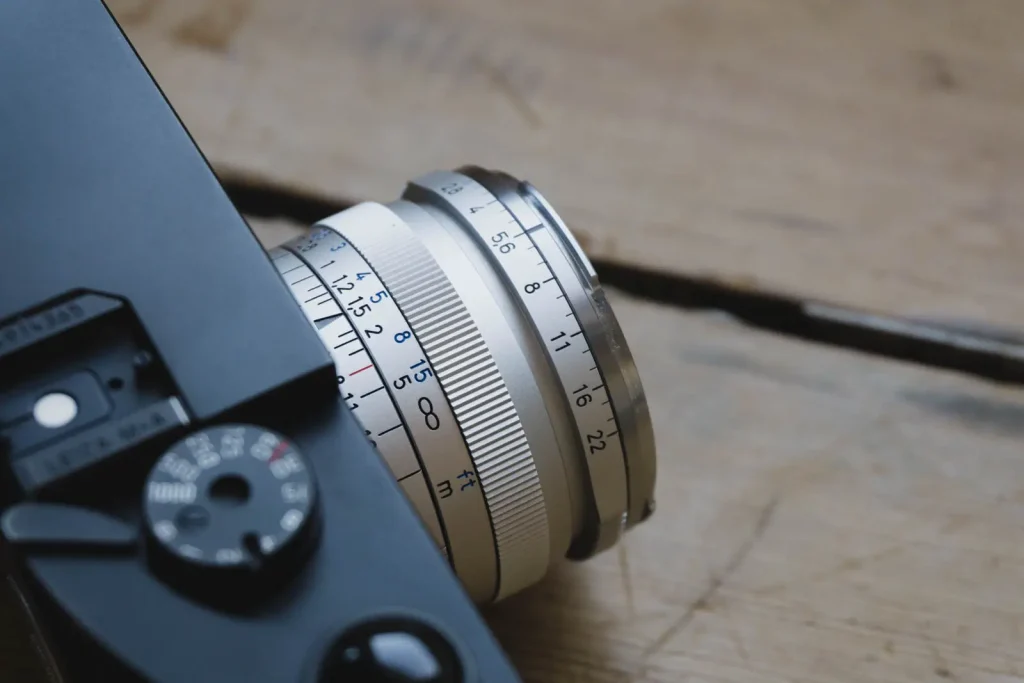
A lens on loan
Earlier on this year I visited the Zeiss stand at the Photography Show. Whilst there I spotted a chap called Alexander who I’d met at the show the year before. In the year since that meeting, Alex had helped in my decision to buy the 50mm Sonnar by providing various bit of useful info via email, he’d also answered a few random queries I’d had, and one way or another been quite a helpful guy. As such, when I saw him on the Zeiss stand I thought I’d say hi. We chatted briefly, I asked about borrowing lenses, he then introduced me to a member of the team at Zeiss UK who had in turn said I was welcome to borrow gear for review. At the time I had a Leica 28mm elmarit-M and through this idea that maybe I should be shooting all Zeiss, I was very keen to compare the Biogon to it – a loan of the lens would give me the perfect opportunity to do so.
As such, straight after the show I got in touch with my new contact at Zeiss to ask for a loan of the Biogon. Unfortunately they didn’t have a 28mm in their possession that I could borrow – there was a review/show copy about somewhere within the company, but it wasn’t to hand. The chap I spoke to told me he’d get back in touch when it resurfaced.
I took this as a bit of a sign that I shouldn’t be fretting about Zeiss lenses being perfect for me. I had my Sonnar 50mm which I am happy with, my 90mm elmarit-M that I’m also happy with… And as I explain in this post, I then went on to sell the 28mm elmarit-M to buy the aforementioned dream Minolta lens. I had hoped the Minolta would become my perfect 28mm and I could put this all-Zeiss idea behind me.
Of course, Sod’s law being what it is, when I then got back in touch with Zeiss to ask about something completely different, the response I got included the line: “By the way, I have the 28mm ZM Biogon here now if you would still like to borrow it?” So here it is in my possession – only for a few weeks, and so soon after me buying the Minolta – it couldn’t feel anything more like a cat amongst the pigeons. The question is, does it reignite that desire for an all Zeiss lens line up…?
Technical waffle
Through the process of reviewing the Zeiss ZM Sonnar and Jupiter 3+ I learned a little bit about different approaches to lens design in the 1930’s. Applying this bit of a basic understanding of optical design to looking at Zeiss’s ZM lens line up – on paper at least – I initially came to the conclusion that it’s a bit of a fools errand to chase the idea that the 28mm ZM Biogon will perfectly harmonise with the 50mm ZM Sonnar.
There is a disparity between these lenses that is probably most easily understood by taking a look at the background of the lenses optical designs. The Sonnar is closely related to a very early asymmetrical lens design. The Biogon on the other hand is an almost symmetrical design. Whilst I am by no means an expert on these things, one thing I have learned is that all lens designs are about a balance of gains verses compromises. As I understand it, the early goals of symmetrical lens design were based around the idea of producing images that are well corrected for distortions, flatness of field and colour aberrations. The symmetry in the lens design is what helps cancel these issues out. Asymmetrical designs were better for flare resistance and contrast as they had less glass surfaces internally that would cause the internal reflections that cause these issues.
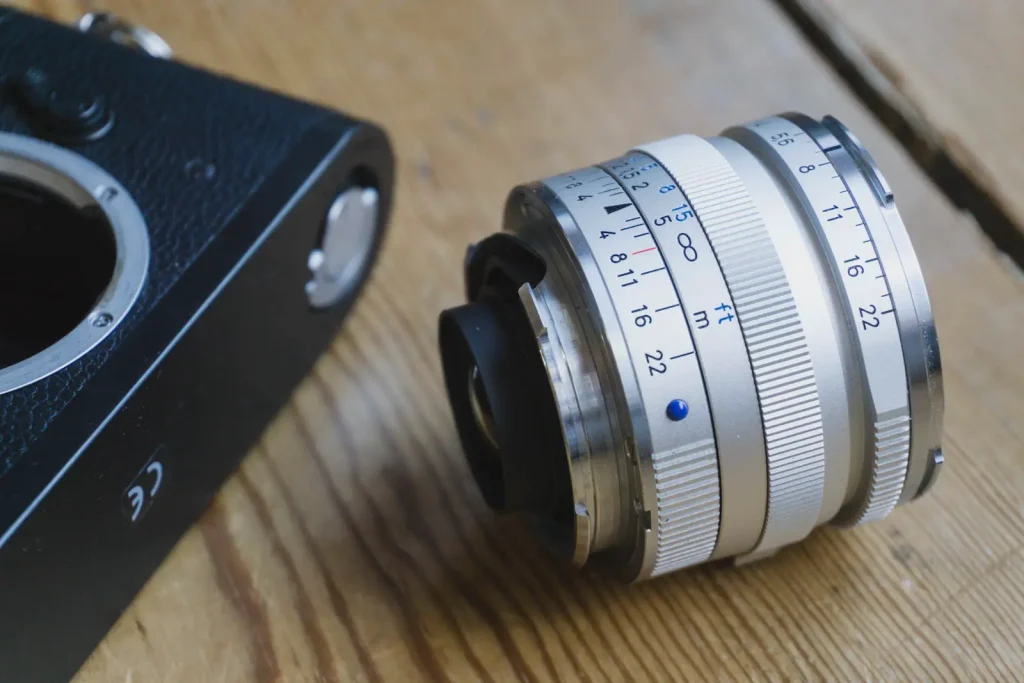
This idea I had that there would be disparity was further confirmed by Zeiss themselves talking on their website of their Biogon lenses as being the ideal partners to their 50mm Plannar. They make no mention that I’ve spotted of how the Biogon relates to the Sonnar. In fact when reading about these lenses generally – both in terms of what Zeiss say, and the wider reports about them online – to a great extent, the Sonnar seems to stand alone within the Zeiss M line up as lens with a strong character, a character that is touted as “classic”. The rest of the ZM lens lineup are largely Biogons, Distagons and the Planar which are all touted as a lenses that have high objective qualities. All this adds up to the idea that the Sonnar will have a very different look and feel to its results when compared to its brand peers. But then, as I’m finding myself learn more about these different lens configurations – as well as discovering the impact they have – I’m also discovering just how much other factors in a lens’s design play.
As an example, I recently borrowed a Jupiter-3+ from Lomography. Naively I suppose, I’d half expected it to be more similar to the Zeiss 50mm ZM Sonnar. After all they are both Sonnar lenses, and in fact the Jupiter is a direct copy of an earlier Zeiss Sonnar design. What I actually discovered was just how different they are. When using the lenses side by side I found myself really realising just how modern the ZM Sonnar is, as by comparison, the Jupiter more often gave me positively “vintage” (for want of a better word) results. The two lenses did share common attributes; they both suffer focus shift, have similar bokeh, and good contrast. But at the same time, the ZM is even more contrasty and takes photos with a greater sense of 3D pop more readily and reliably. It also has significantly greater control over flare, and has warmer, more rich, more contrasty colours.
As mentioned good flare control and contrast are – at least on paper – traits traditionally associated with Sonnar lenses. Yet what I had found was that the ZM Sonnar excelled in these areas and the Jupiter didn’t quite as much. So what else separates these lenses? Well, apart from slight differences in lens design, the greatest factors that separate them is their different glass and lens coatings.
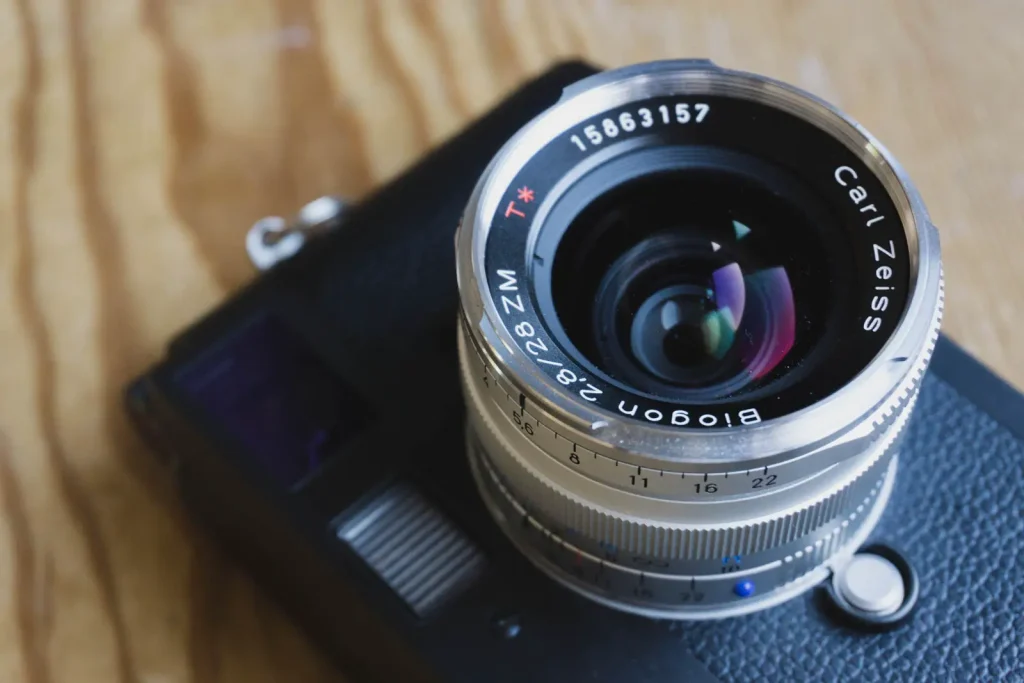
Zeiss lens coating
One of the things that all Zeiss ZM lenses share is of course Zeiss’s choice of glass and lens coatings. Lens coatings might seem like a small thing – after all physically they are very small things – but the more I read about coatings, the more I realise the extent of the impact they have.
The purpose of lens coatings is to increase transmission of light through the elements of glass within a lens, or in other words they decreases the reflection of light between the elements. The result of this is images that suffer less with flare and gain an increase in contrast. Both flare and contrast have a number of meanings in lenses (some of which I go into here). contrast is an especially difficult subject, as when the word is used, it could be in reference to micro or lens contrast, colour contrast, or indeed overall contrast in results. What’s interesting about lens coatings is that they seem to have a profound affect on all of these things.
This is surly at least partly evident in the fact that the modern symmetrical lens designs – in the case of the Zeiss ZM line up; the Biogon and Plannar – don’t by reputation fall short in terms of contrast and flare control etc. It is therefore quite safe to say that whilst the lens designs themselves bring some separation to the look and feel of the results of Zeiss’ lenses, this separation is likely vastly reduced by the common use of lens coatings across the range of ZM lenses.
Uniformity in the ZM lineup
Ok, so all of the above is definitely Hamish-stream-of-conscious-waffle (patent pending). But, the point of explaining it to give a bit of background, and hopefully demonstrate where I am on the learning curve with all this stuff. It also hopefully explains a bit about my thought processes both for and against the idea of going all Zeiss. It is this potential for uniformity between lenses that makes me wonder that if I like the Zeiss ZM Sonnar so much, will I get equal (or near equal) enjoyment out of the rest of the range of Zeiss ZM lenses? And indeed – somewhat tangentially – should I be aiming to bring more Zeiss lenses into my professional digital career, but more on that particular point in a later post…
The Zeiss 28mm ZM Biogon review
What’s most interesting about the Zeiss 28mm ZM Biogon is that reading one review to the next, really there is no agreement in terms of just how good it is. Some say it resolves better than Leica’s Elmarit-M, some say it doesn’t. Some even say it’s not far off as good as the Summicron! Impossible, how could anything be as good as a Summicron?! (that’s me being facetious, in case you hadn’t gathered).
What I find interesting about this lack of agreement, is that actually what I think it translates into is an entirely pointless argument. If no agreement can be found between people who nitpick about the quality of a lens, then the chances are, it’s too good to worry about just how good it actually is.
Of course, the limitation of the reviews I have read seems to be around the format the lens is shot on. Most seem to be either film or digital, rarely both, and I haven’t found that much info from people using this lens on the likes of the Sony full frame digital cameras.
Whilst I don’t want to focus too much on the area of shooting the Zeiss 28mm ZM Biogon digitally, I was struck by just how problematic shooting the 28mm ZM Biogon on my A7rii was compared to film. As such I thought I’d split this review into two parts for two objective factors that seemed most strongly impacted by shooting this lens on a full frame non-Leica digital camera: Sharpness and vignetting.
Sharpness and vignetting
Shooting film, I have noticed very little in the way of discernible fall of toward the edges of the frame, either in terms of light or sharpness. In fact, my experience when shooting film has been entirely positive. To my eye I can’t really detect any noticeable decrease in sharpness at into the corners, even at wider apertures. Not only this, but vignetting isn’t particularly evident in most circumstances. In fact the only shots I noticed it where in a series I shot in Worcester’s library.
Of course, I’ve done no technical tests. I’ve just taken photos, but in doing so, I’ve had repeatedly good results… At least I have when I’ve been shooting film. When shooting digital, it’s a very different story. Unfortunately for the Zeiss 28mm ZM Biogon, it’s, well, a Biogon. Biogon lenses aren’t ideal – in terms of their lens design – for shooting with digital cameras. The reason for this is that the rear elements of the lens project so far into the body of the camera that the angle of light leaving the lens and hitting the outer areas of the sensor is too oblique. The result of this is potential for softening, darkening and in worst cases colour shifting of the image.
In the early days of Leica digital cameras, Leica combatted this problem by using a smaller sensor – in fact from what I’ve read, in the beginning, they pretty much ruled out full frame sensors altogether. The Leica M8 was Leica’s first digital rangefinder camera, and has a 1.3x crop sensor. This alleviated the edge issues simply by not having the extent of outer edges of the sensor to be effected by the problem. This wasn’t the only measure taken. Thin upper layers of the sensor and offset micro-lenses also helped solve the problems, at least to some extent. Of course as technology advanced, these latter solutions went some way to solve these sorts of issues even with full frame sensors. In fact from what I’ve read, on the full frame digital Leicas, the 28mm ZM Biogon is perfect at all apertures, right into the corners.
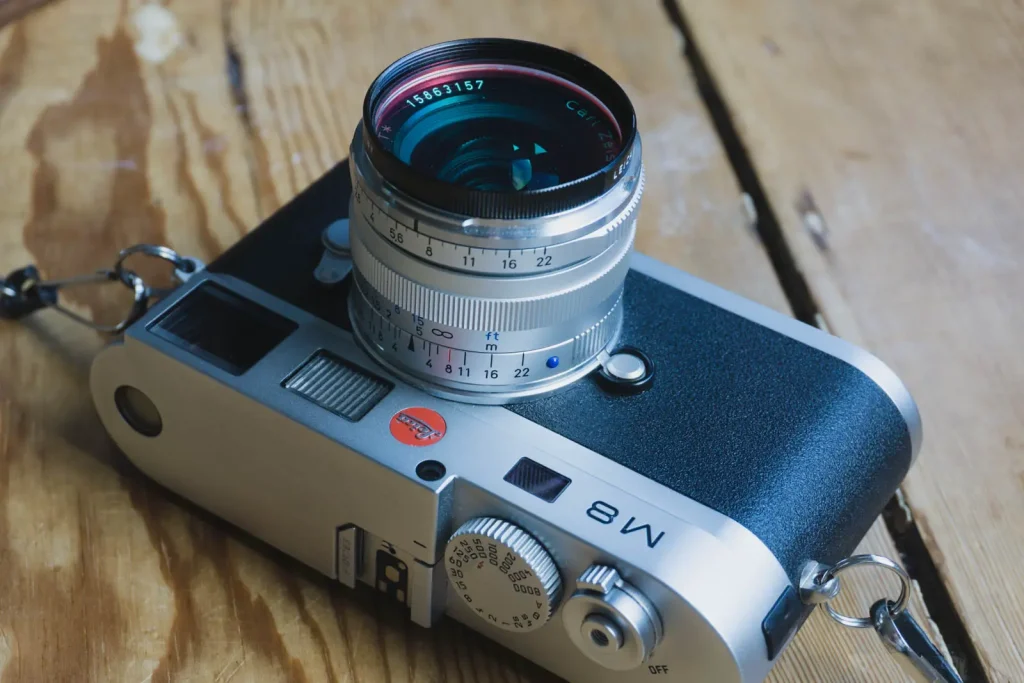
On the Leica M8
Unfortunately I don’t (yet) have a full frame Leica to test this. I do have a Leica M8 though, and though there is some more obvious but still very slight vignetting, I can confirm it is not just sharp, but very sharp, even at wide apertures, right into the corners.
On the Sony A7rii
Sadly, the same can’t be said for the Sony cameras I’ve shot it on. At wider apertures there is quite pronounced vignetting, and some very obvious smearing into the corners (sorry about the awful photo, I took it just to make the point).
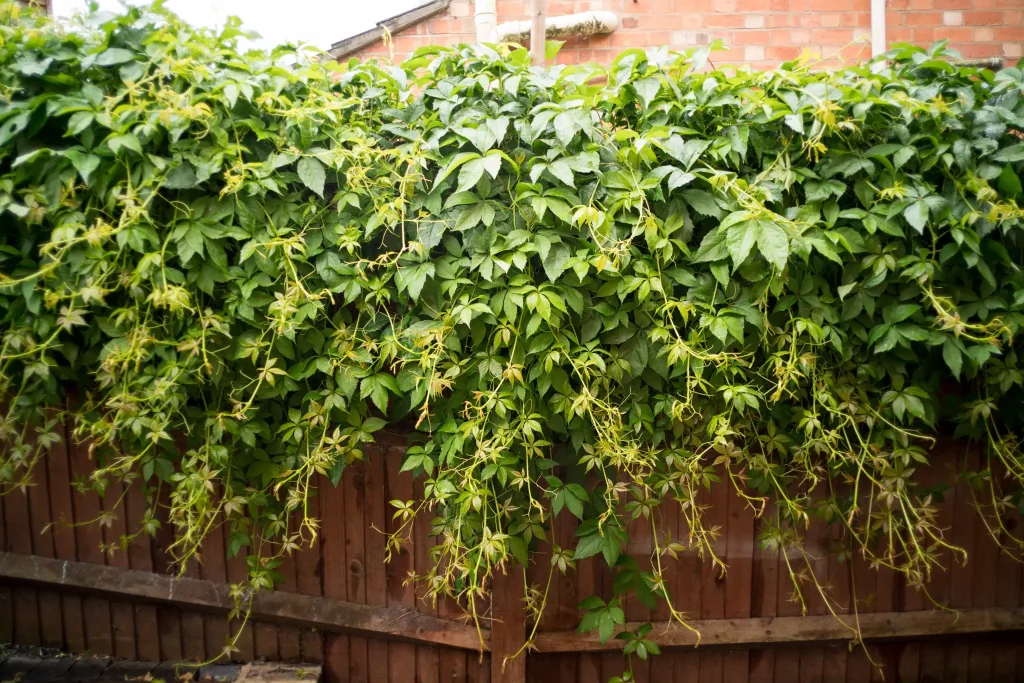
Quite simply, Sony cameras are just not designed to be used with lenses like this. It’s not the fault of the lens as such, nor specifically the camera. It’s a combination of the two pieces of equipment that causes the issue. Fortunately, if you do have some desire to shoot the 28mm ZM Biogon on a Sony, it is still very possible to get good results that are sharp into the corners. You just have to stop down a fair amount.

Further objective optical qualities
These issues with vignetting and sharpness with the Sony cameras aside, as you might expect, the Zeiss 28mm ZM Biogon is a very good lens indeed. To start with, there are no discernible distortions in any of the photos I have taken with this lens. I’m pretty certain that I read somewhere that it’s large size compared to the Elmarit-M is due to greater attempts to reduce any chance of distortion.
Since I can’t see any distortions in either lens, it’s hard to comment on just how much more successful the 28mm ZM Biogon is in this regard. Suffice to say though, it’s certainly not something I’d worry about in the process of choosing this lens. Additionally to this lack of distortion, I’ve only seen the slightest sporadic signs of chromatic aberrations.
Contrast, 3D pop and colour
What’s been really pleasing for me is finding all the contrast colour and pop in my results. The Zeiss 28mm ZM Biogon is contrasty in all senses of the word. As mentioned, detail is resolved well, but add to this the high lens contrast I’d hoped to find and the result is images that contain the a sense of depth and three dimensionality that I love in my Sonnar.
The colours I seem to get when shooting the Biogon are equally as wonderful as the Sonnar’s too. There’s a richness and warmth that I really find very pleasing.
The lens contrast works wonders in black & white photography too. I love these shots of Norah – the contrast works wonders to really bring out her big round eyes!
Flare & light
Flare is very far from being an issue with the Zeiss 28mm ZM Biogon too. Even experimenting with it, pointing it towards the sun, shooting with the sun just out of frame, all that sort of thing, I’ve not managed to get it to flare in any meaningful or repeatable way. I regard the Sonnar as pretty much immune from flare. This lens is even more immune! Very impressive, at least objectively speaking.
What the Biogon perhaps lacks slightly over the Sonnar is a touch of magic in the way it renders light. You’ll have to read this part of my Sonnar review to see what I’m talking about. This isn’t a shortcoming of the Biogon, far from it. Most would this an an objective improvement over the Sonnar. For me, it just makes it feel more clinical in its rendering. Though really, this is a very personal matter of taste, and comes down to little more than me being very picky.
Bokeh
I nearly forgot to write about Bokeh, it’s slightly redundant a subject with a lens of this sort of focal length… though only slightly. With the close focusing of the Zeiss 28mm ZM Biogon being 0.5m (something I’ll come to in a mo), bokeh can well be a factor. Unfortunately, this is perhaps the most obvious way in which it departs from the Sonnar’s near perfection. Have a look at the flowers in the background of this image and you’ll see some wiry nonsense going on. Does this matter? Probably not, no – it certainly doesn’t bother me.
Gelling with the Sonnar
Though I’ve only really mentioned it in terms of the way it renders light, I think clinical is probably a good word to describe the Zeiss 28mm ZM Biogon when speaking relative to the Sonnar. That being said – to me at least – it feels less clinical than the Leica Elmarit-M. It might just be because I feel at home with the colour and contrast, but one way or another I’ve felt completely happy with the results I’ve had out of this lens. It has a character that I feel like I recognise, and that’s despite strong differences like the way it renders out of focus compared to the Sonnar I am so familiar with.
I started down this road with what were perhaps naive technical founded misgivings about how well it would gel with the Sonnar. As it turns out, largely speaking, I feel like I’ve been proved wrong; the Zeiss 28mm ZM Biogon sits very well next to the 50mm Sonnar in my opinion.
Handling
Ok, so all this is sounding pretty good… A little too good for a man who’s just forked out a fortune for a Minolta lens after ruling out this Zeiss. As you can probably imagine, as the process of me finding out how much I like the optical qualities of the Zeiss 28mm ZM Biogon unfolded, I started internally debating the reason I didn’t pursue just buying this lens in the first place. Track back again to my Elmarit-M review and you’ll read about how buying it made me realise that – at least in terms of handling – I could do better than my Voigtlander Color-Skopar. It was this combined with the thread mount and smaller size that encouraged the eventual purchase of the Minolta G-Rokkor.
On paper, the Zeiss doesn’t work for me. It’s so big that it blocks the corner of the frame in the viewfinder of the camera. It doesn’t have a proper focusing tab, instead having the same pointless little nub that the ZM Sonnar has. To top it off, it’s not thread mount – which for someone who prefers shooting 28mm on a little Barnack Leica is a little frustrating. These justifications initially became my safety net for this experience. However much I enjoyed the results from Zeiss 28mm ZM Biogon lens, I felt I could fall back on them as reasons to stick with the lenses I have.
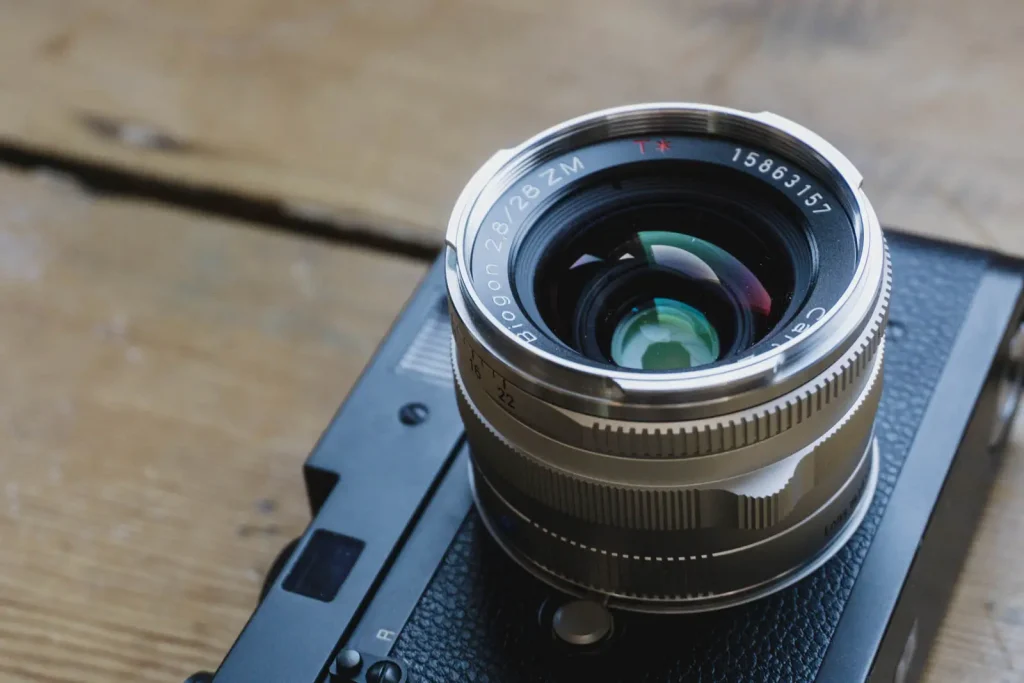
The problem is, as I’ve been using the Zeiss 28mm ZM Biogon, I’ve realised how meaningless they are. I’m so well used to the pointless focusing nub from using the Sonnar, that it doesn’t bother me. I’ve only noticed the lens in the viewfinder a couple of times, and not really been too phased by it when I have. And, the preference for a Barnack is meaningless when I’m carrying this lens as a second to the Sonnar with one of my M cameras.
Build quality
The only other possibility for finding flaw with the Zeiss 28mm ZM Biogon is its build quality. Unfortunately for me, the build quality is also (obviously) excellent. Zeiss lenses – whatever anyone says – are pretty much as well build as Leica lenses in my opinion. The only thing that separates them is focusing smoothness. This lens, just like the Sonnar, has the problem of the focusing being stiffer in colder environments if left not used for a bit. This isn’t something Leica lenses suffer with in my experience, though, I’m not really bothered by it. It also has perfectly clicky 1/3rd aperture settings, and no unnecessary play in anything. Like the baby’s porridge, it’s just right!
The Zeiss’s trump card – 0.5m focusing
Just to rub salt in the wound it brings something else to the table too! What I’ve found surprisingly favourable with the Zeiss 28mm ZM Biogon is its 0.5m close focusing. I genuinely didn’t think this feature would do much for me. On paper I found the idea that the rangefinder patch would just stop moving below 0.7m (ish) to be a bit odd. What I’ve found in use, is that I’m so used to the close focus limitations that I rarely get closer than 0.7 meters anyway. As such, I rarely notice the limitation of the RF focusing mechanism with the camera to my eye. In theory this means that I gain nothing from the 0.5m close focus – in practice it makes a big difference.
As it turns out, I’m not too bad at judging distance at these close ranges. I find 50cm quite easy to guess within probably 10-15cm. The depth of field of a 28mm lens, even at f/2.8 is about 5cm. Obviously this is smaller than what I’d guess is my room for error, but what I’ve found is that I am quite often close enough that – for my enjoyment at least – focus is close enough to give an acceptable photo.
If I stop down to f/8, I’ve got 15cm of depth of field to play with, and that really is enough to ensure I get an in focus shot every time. What I love about this is that it solves probably the only thing I miss from the days of shooting an SLR. With 28mm lenses, sometimes it’s nice to be able to shoot those close up dynamic portraits. I especially enjoy taking photos of my kids like this. The Zeiss 28mm ZM Biogon allows this style of shooting quite readily. Admittedly focusing is not always perfect, but really the sort of angles I’ve been shooting from, even with an SLR I might not have used the viewfinder to focus anyway.
It’s in the name – Biogon
What’s really interesting about me finding this feature of the lens enjoyable, is that it corresponded almost to the day with me discovering what the word Biogon means. I found a fascinating article by H. H. Nasse that turned out very useful in the process of writing this post. As interesting as the rest of the article was, what had me hooked was contained within the first few paragraphs. Quite early on in the article it talks about the etymology of the word Biogon – with ‘gon’ being of Greek origin meaning angle, and bio meaning dynamic. Biogon therefore translates into ‘dynamic angle’ – which is exactly what I’ve found it more capable of than any other M mount 28mm lens.
Skip to the end (My Conclusion)
As I am sure I’ve made very clear, I really like the Zeiss 28mm ZM Biogon. In fact, I don’t just really like it – it has become in my opinion the best 28mm lens I’ve shot on a Leica M-mount camera. Of course, it’s not the 28mm lens I own – I borrowed it, and soon it needs to go back to Zeiss.
This will leave me back where I was with my Minolta G-Rokkor and Voigtlander Color-Skopar. The Rokkor was the lens I bought instead buying the Zeiss. Of course, the reasons I bought it to improve upon the Color-Skoper still remain valid, not only this, but since I sold my Minolta TC-1, I have craved owning the Minolta lens again. As such, the minolta isn’t likely to be going anywhere soon! So where does this leave me? Well, the one thing I have is time; I have no need to make a decision instantly, but my gut feeling is that I might end up owning more than one 28mm lens!
Of course multiple lenses of the same focal length isn’t everyone’s ideal answer to this question. If your reading this post looking for a recommendation, it’d definitely be the Zeiss I’d point you in the direction of. In total, I’ve tried five 28mm lenses for my Leica mount cameras. The Voigtlander 28mm f/1.9, and f/3.5, the Minolta G-Rokkor and the Leica Elmarit-M have all given me great results. Ultimately though, of all of these experiences, only the Zeiss has so far given me something close to the magic I’ve learned I love in the results from the Zeiss 50mm ZM Sonnar.
For me, borrowing this lens was a bit of an experiment. I wanted to find out if what I loved about the Sonnar were traits only found in it, or if they were traits found more commonly in Zeiss ZM lenses. Zeiss lenses have their fans, and almost all of them talk about the same series of attributes: Zeiss colours, Zeiss contrast and Zeiss 3D pop. Not only have I found myself in agreement with the idea that these traits are indeed common to these lenses, I’ve also found myself completely sucked in by them. By shooting with this lens, what I have found is that I am not just a ZM Sonnar fan, I’m a Zeiss ZM lens fan.
Fanboyism aside though, there’s more to this recommendation than just my personal preference. In the 28mm ZM Biogon these Zeiss traits are combined with a near flawless build and a 0.5m close focus that – provided you have a good sense of distance – can really bring something a little more than you’d normally expect from a rangefinder lens. The handling and size are issues, but in the same way as I forgive the nub on the Sonnar for what else that lens brings me, I forgive these issues in this lens too. Shooting with other 28mm lenses recently, I’ve been getting distracted by issues derived from size, weight and handling – in fact these are quite often issues that bother me with photography equipment in general. The fact that none of these issues have got in the way of this experience – to me at least – says something very positive about this lens! As such, its fair to say that the Zeiss 28mm ZM Biogon get my unreserved recommendation!
Thanks for the loan Zeiss…
Cheers for reading,
Hamish
More of my photos taken with this lens can be found here
Share this post:
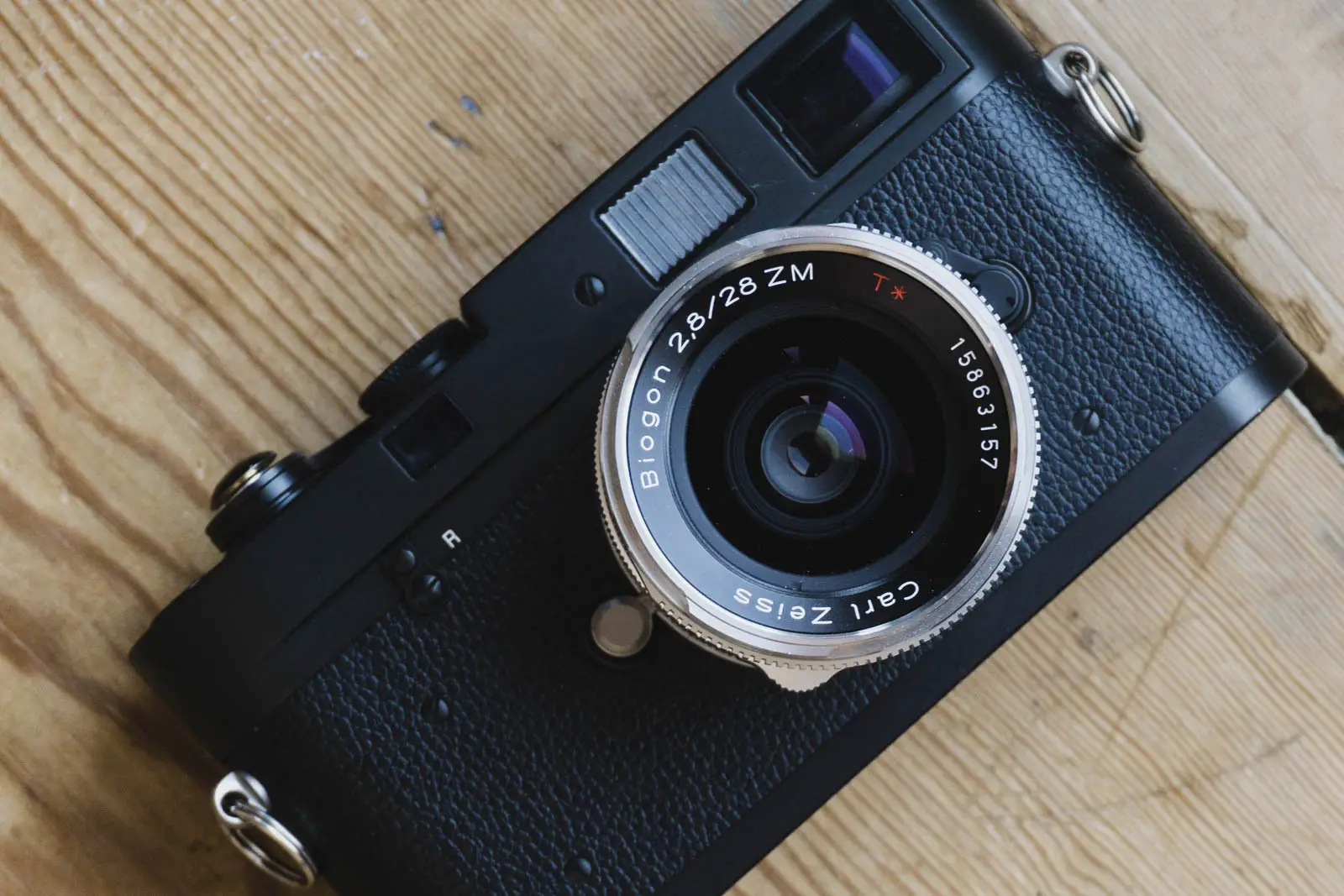

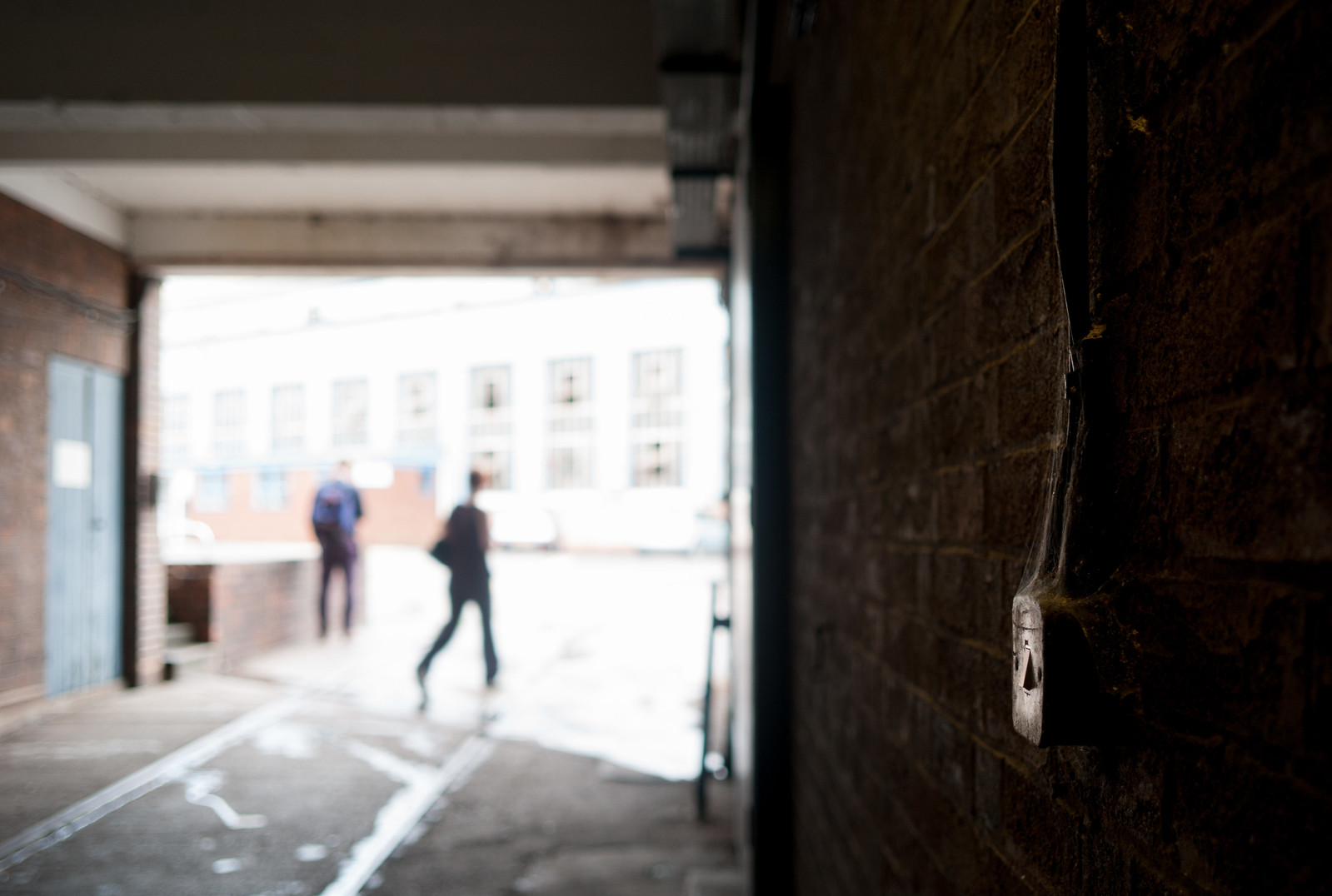
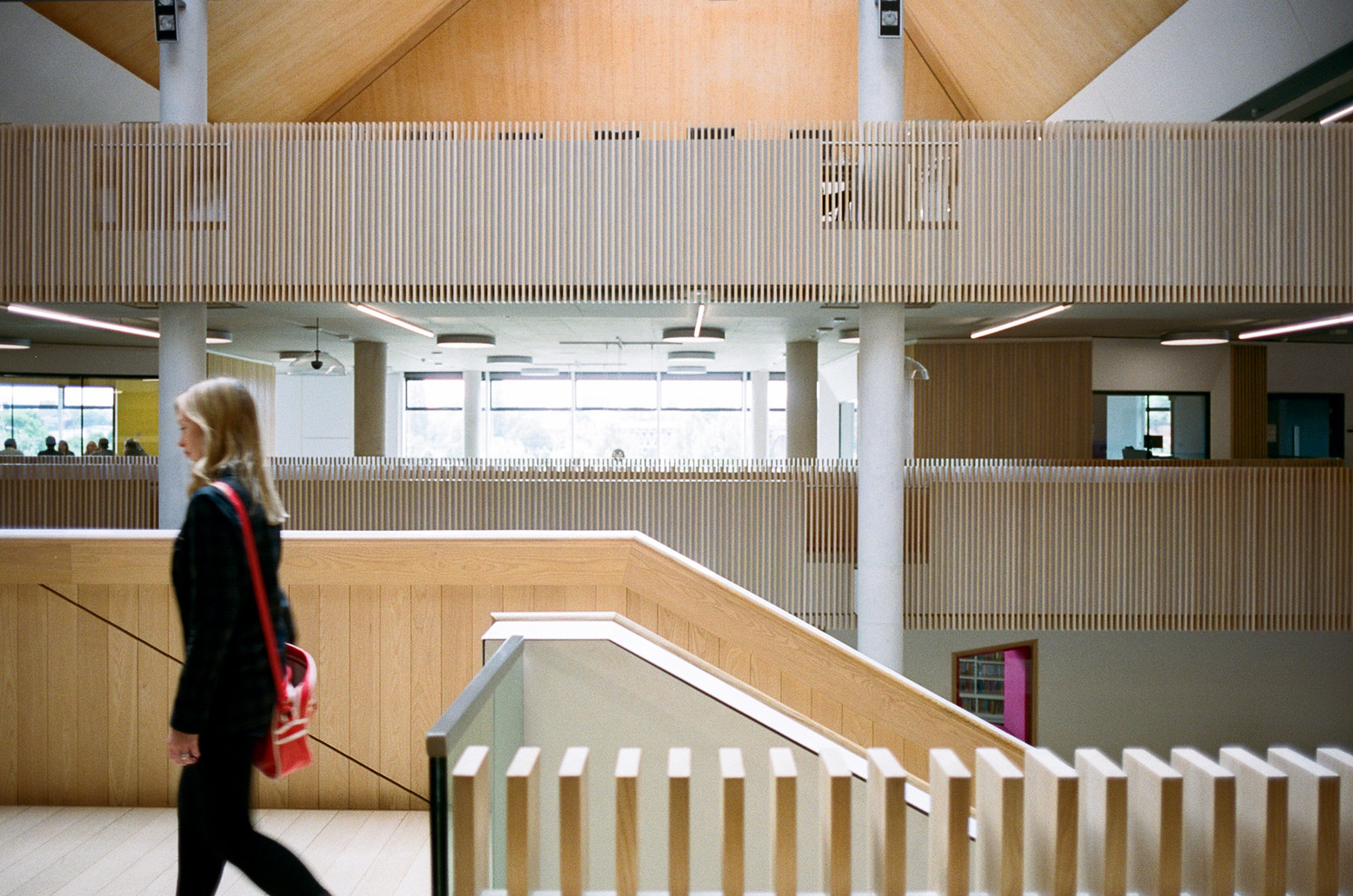
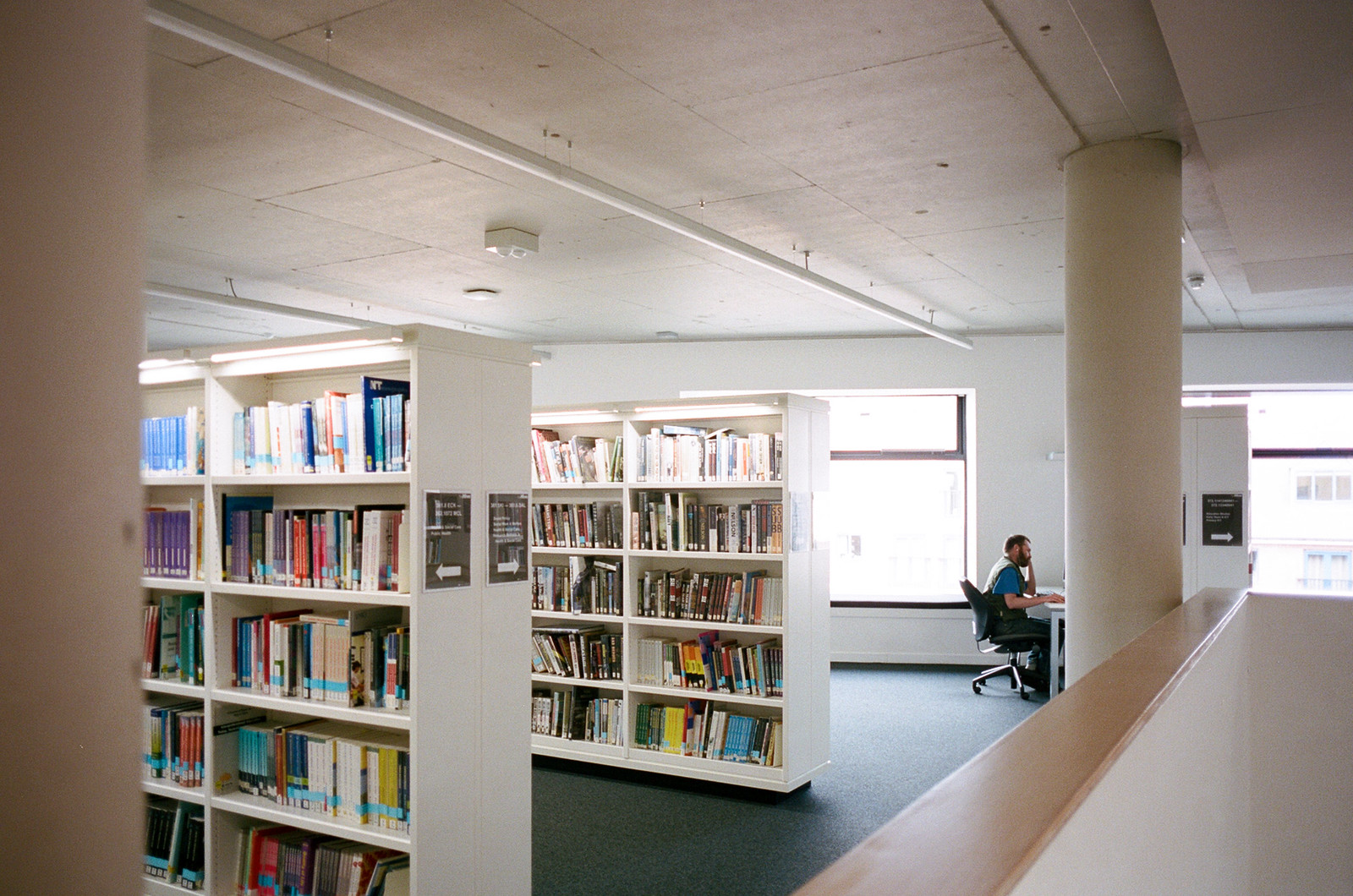
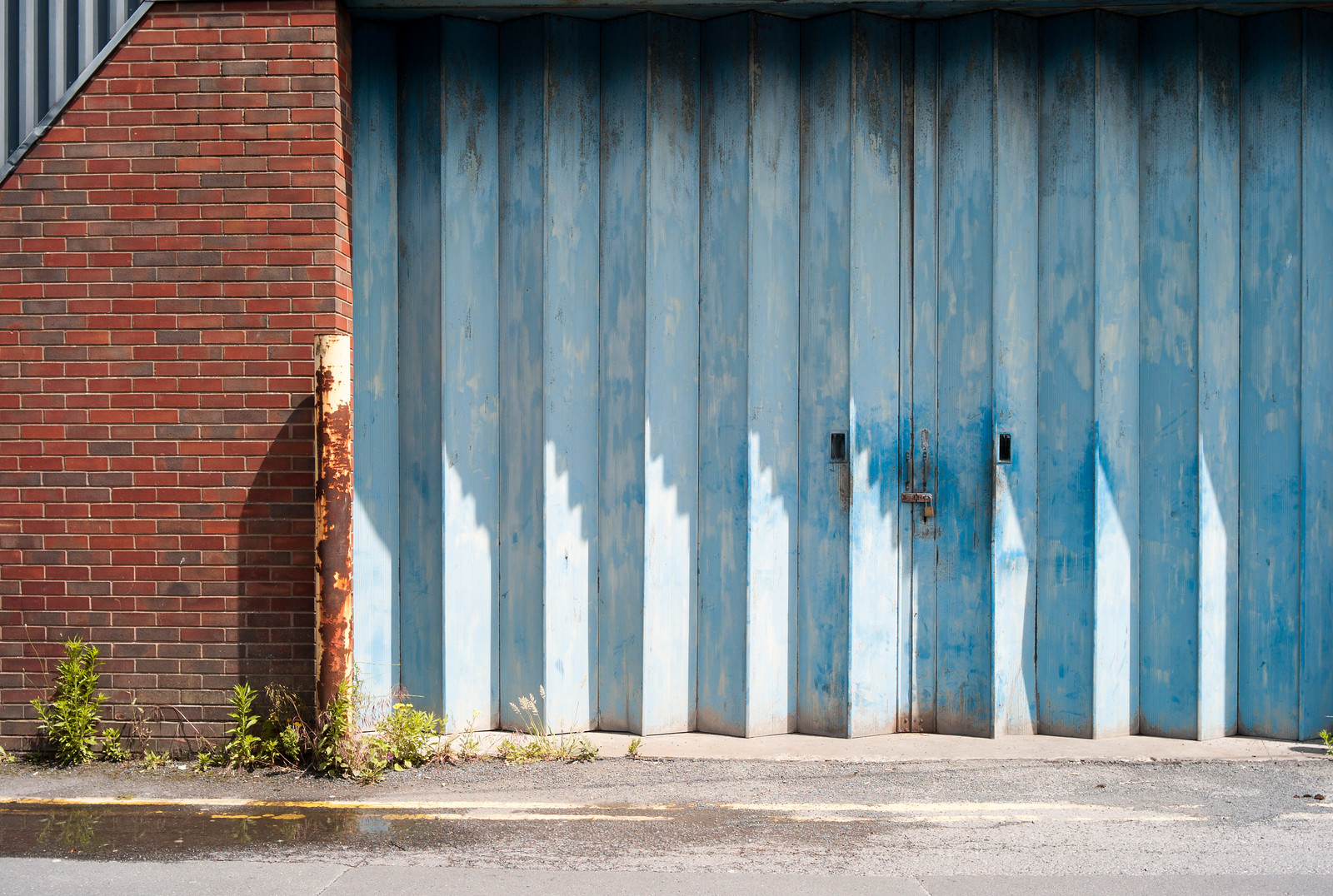
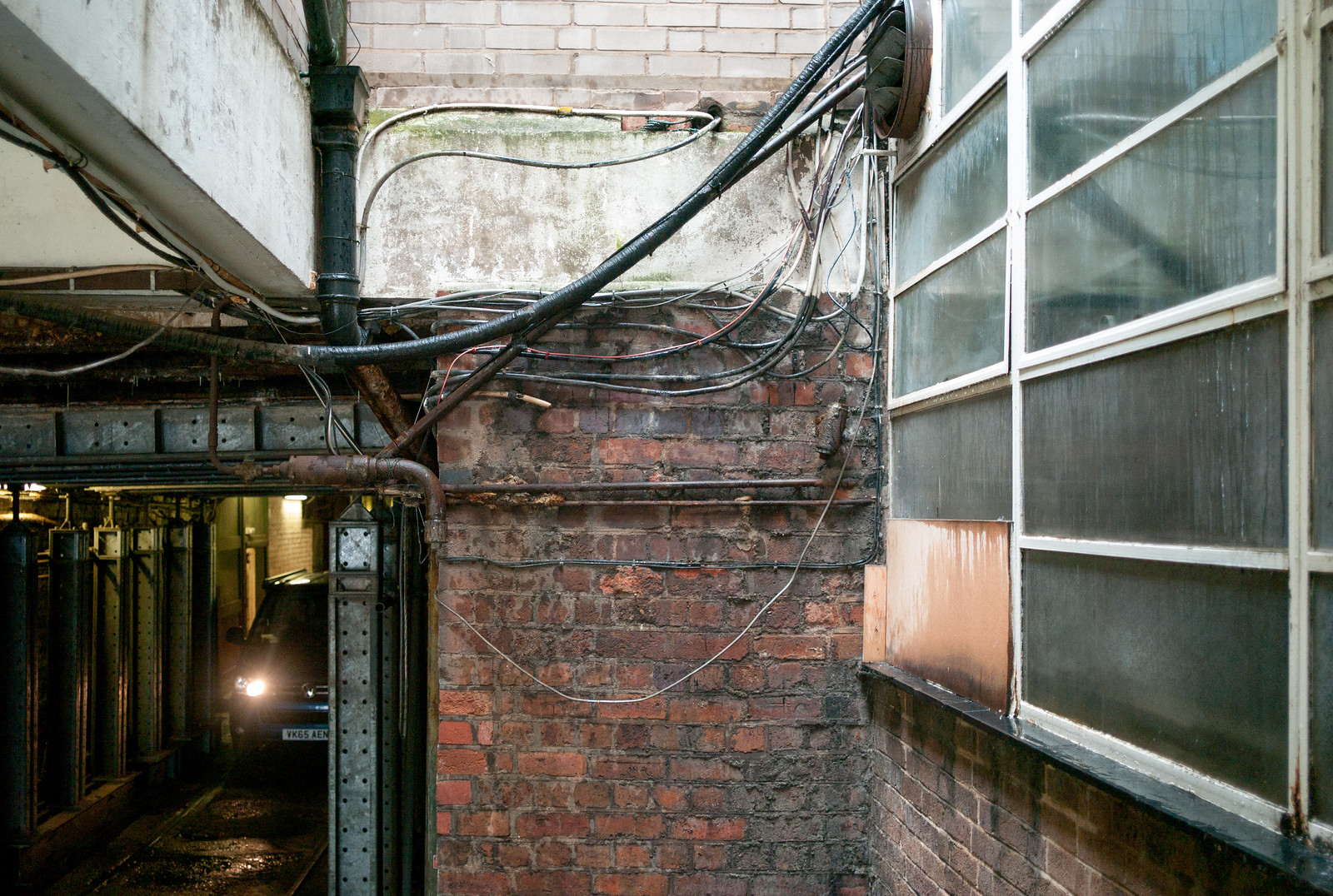
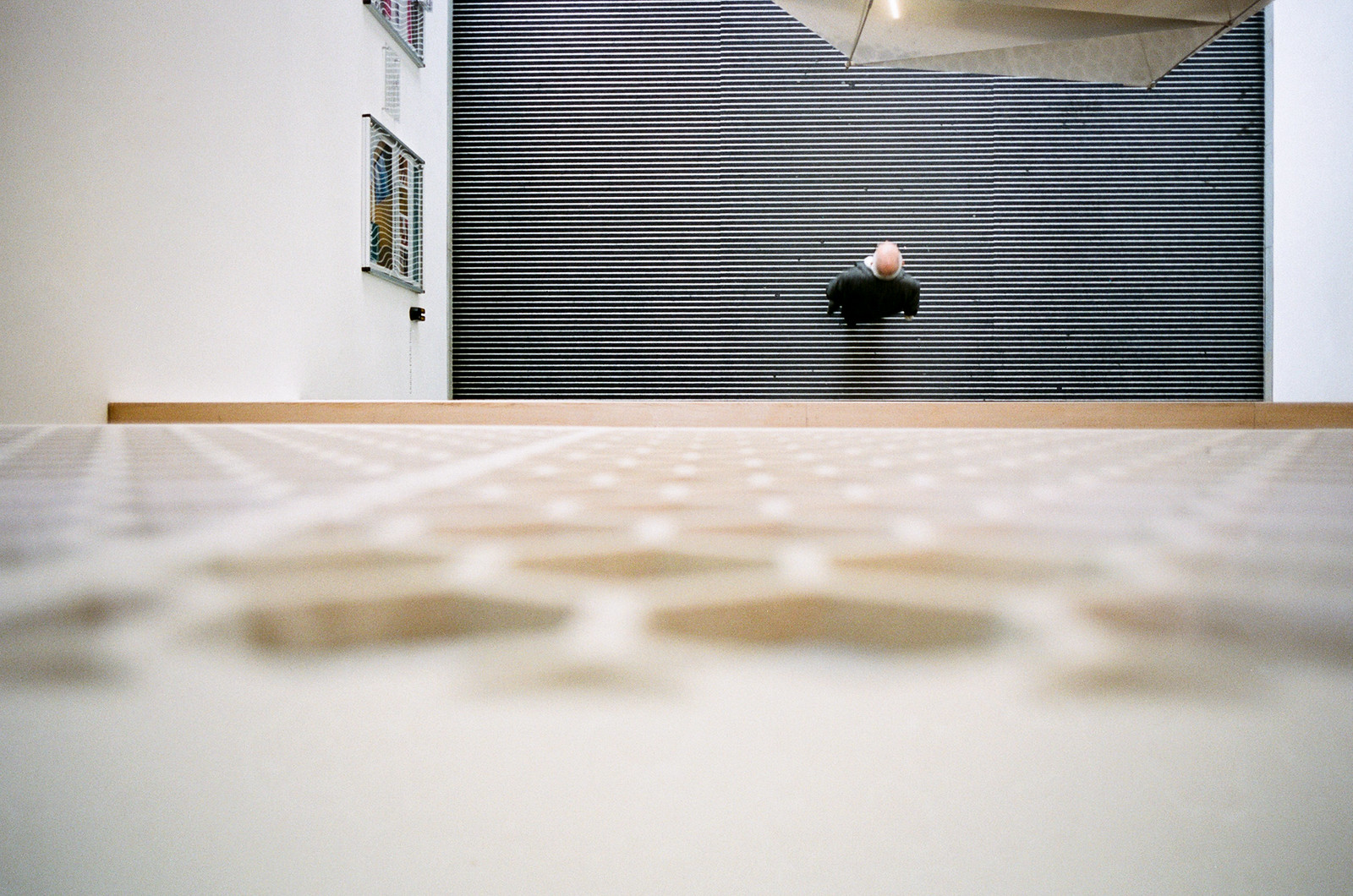


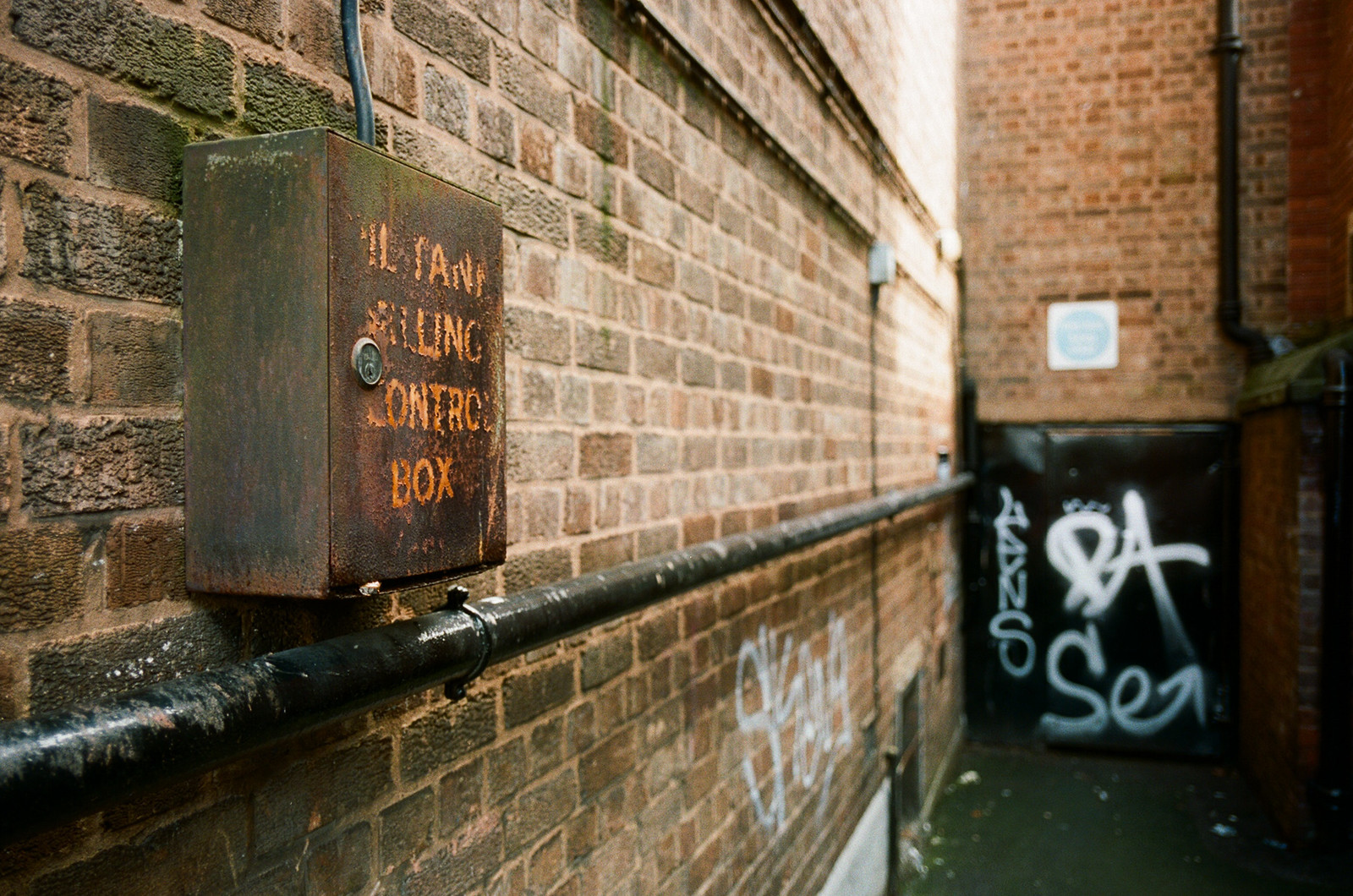

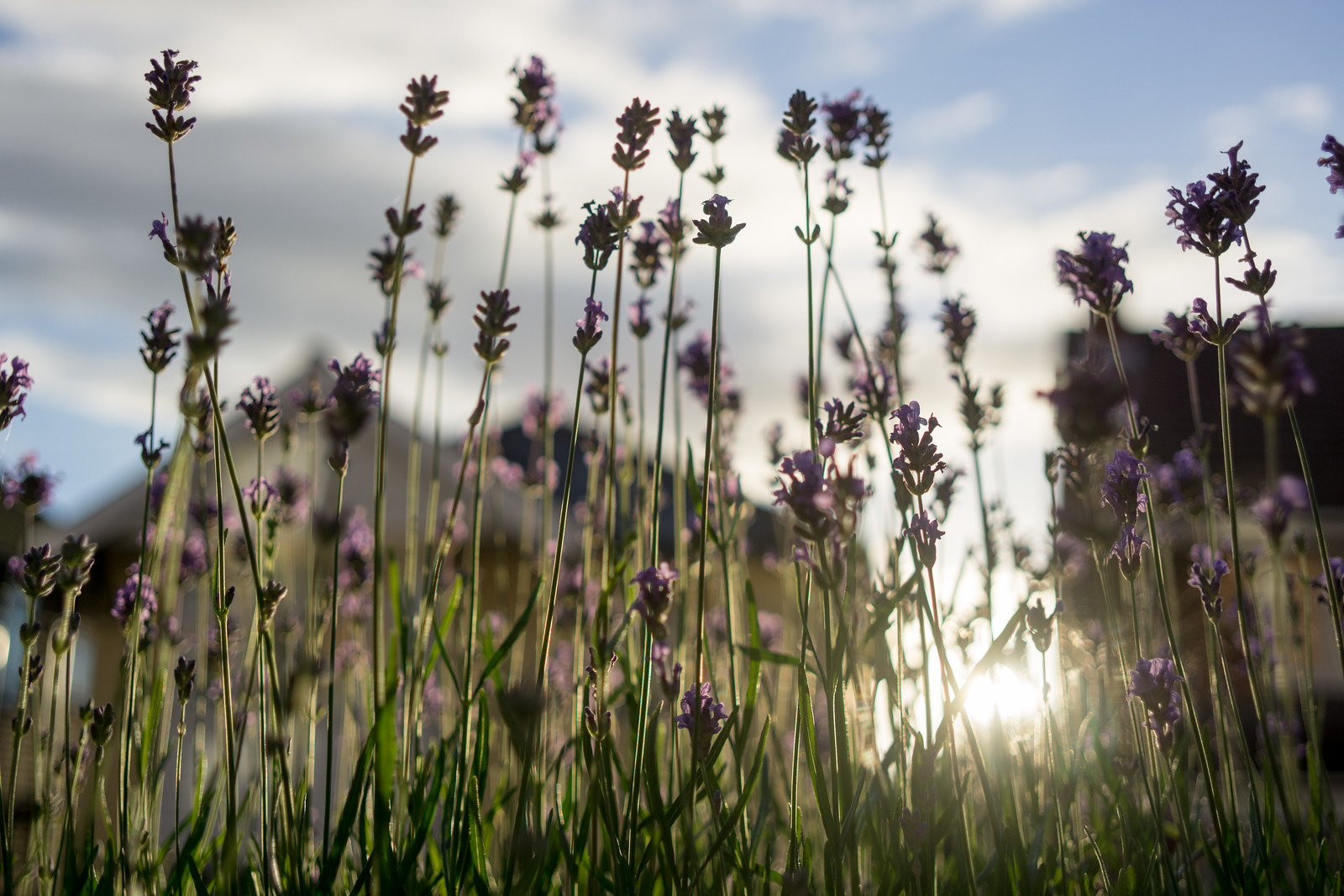
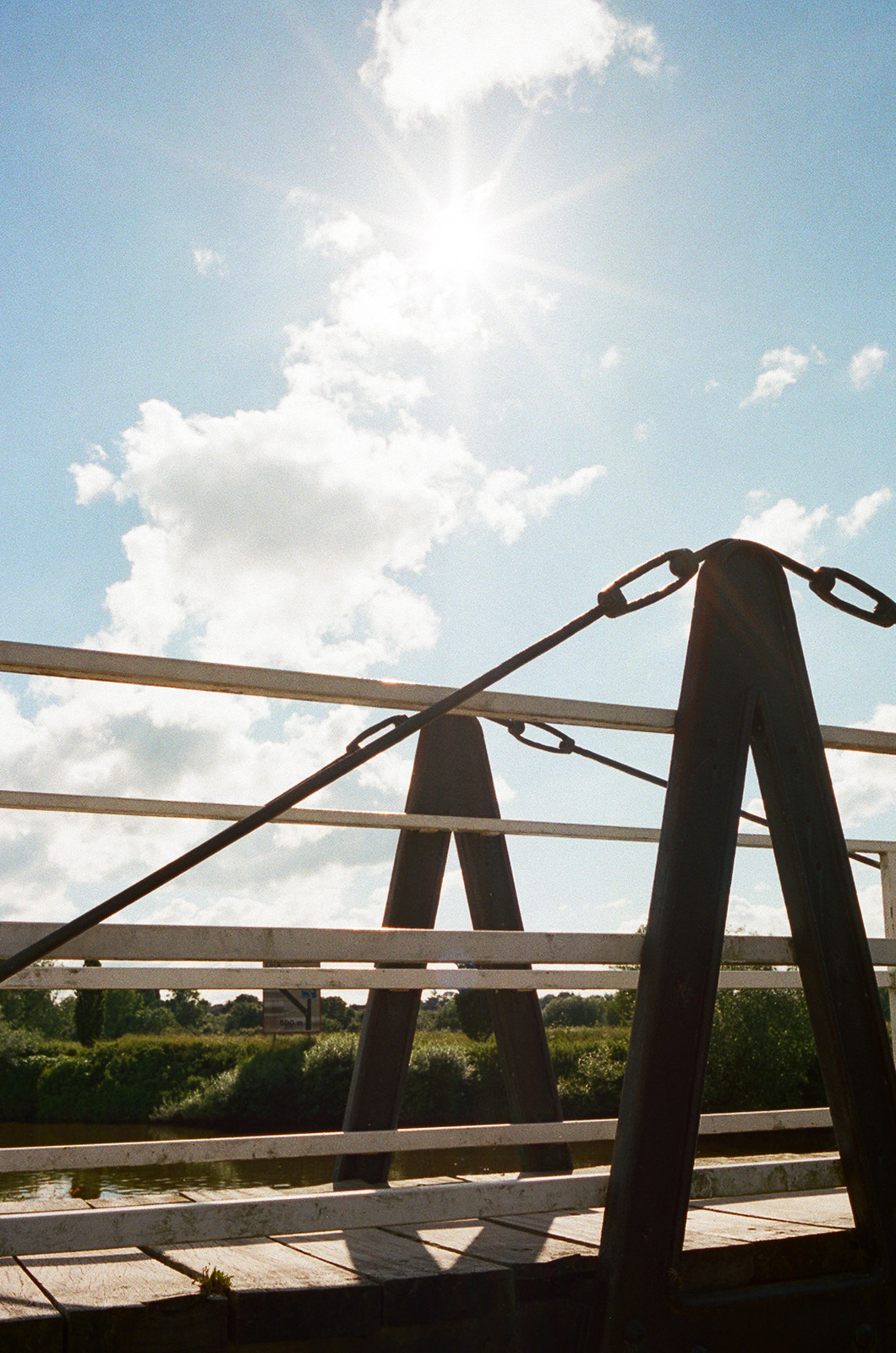

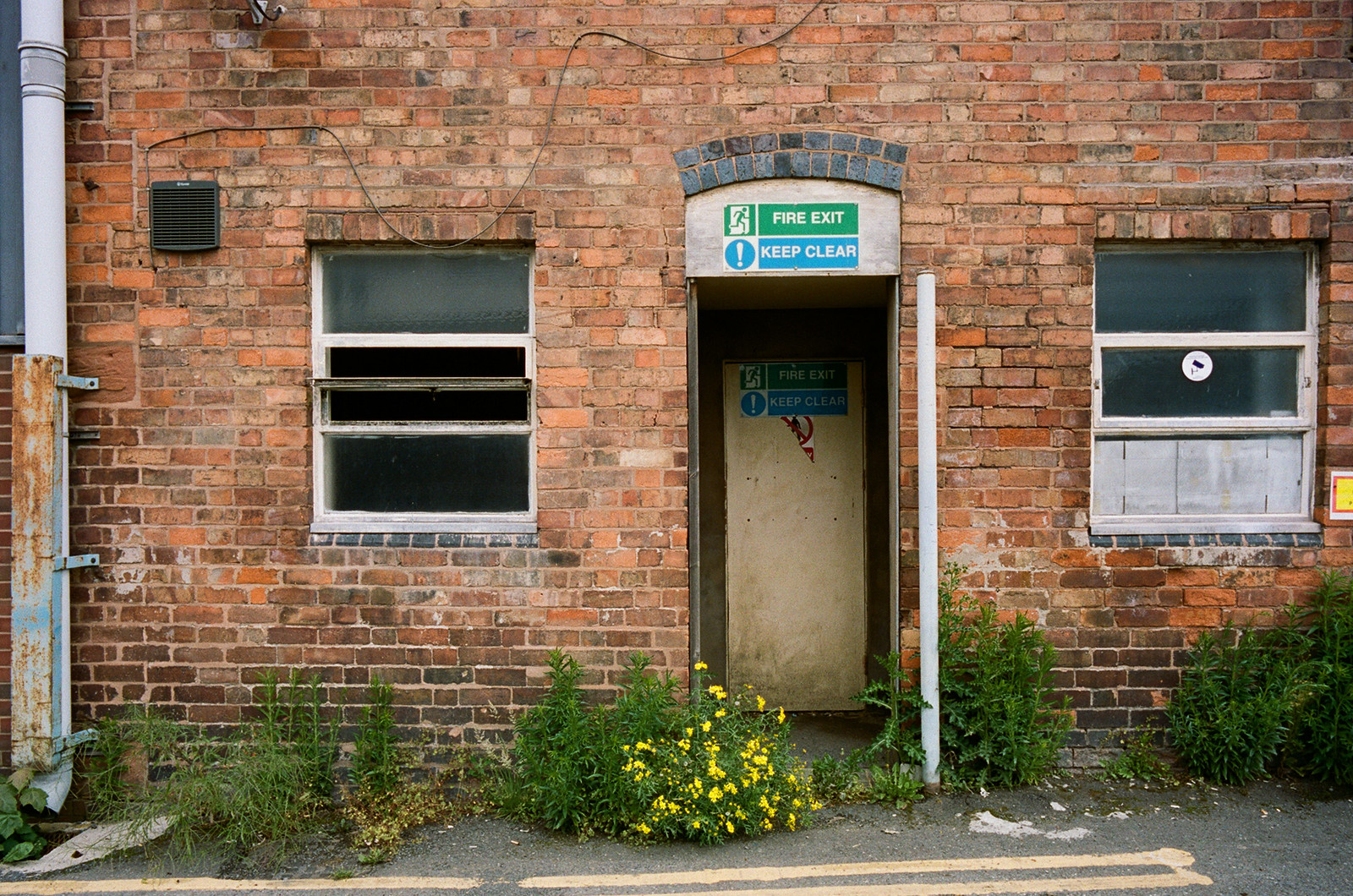
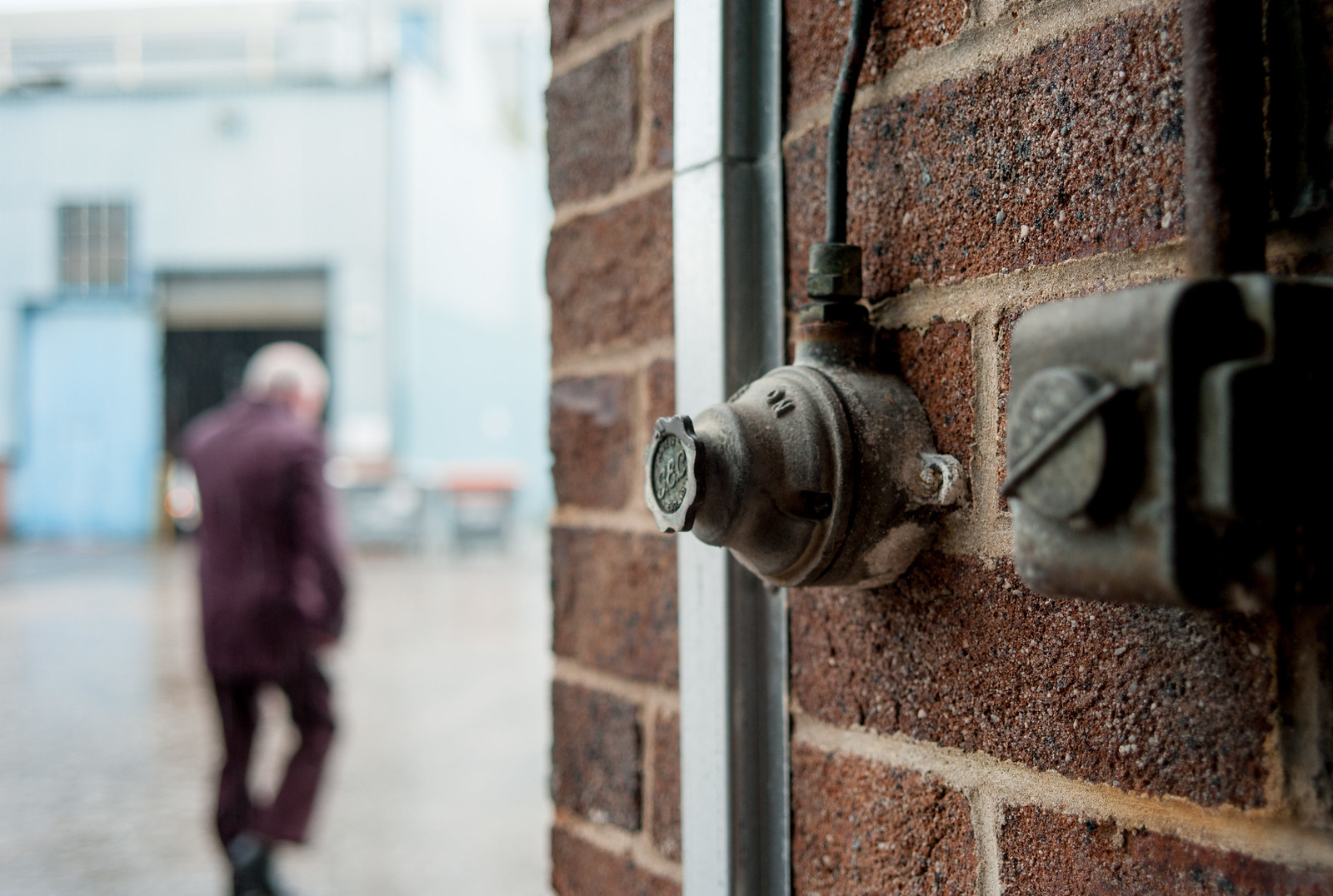

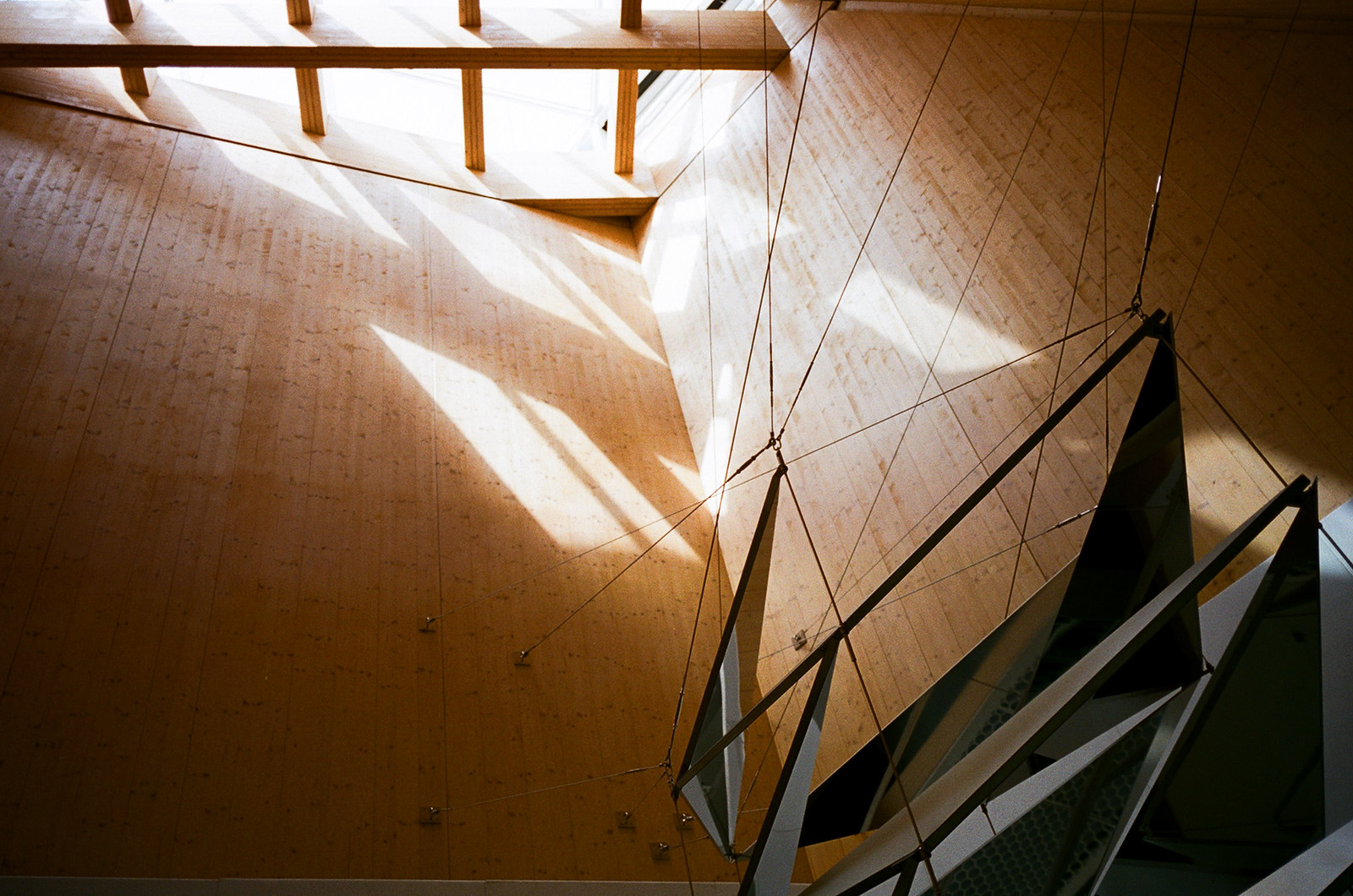








Comments
Bruce Gill on Zeiss 28mm 2.8 ZM Biogon Review
Comment posted: 02/07/2016
You mentioned "modern" characteristics to the Sonnar - I whole heartedly agree. It's strange as I was drawn to it for it's more vintage look. Though you can still get the vintage look at f1.5, it seems to get more modern looking stopped down. Either way, I love it and have been wondering about the other focus lengths.
Thanks again for a great review Hammish!
Comment posted: 02/07/2016
Hugo on Zeiss 28mm 2.8 ZM Biogon Review
Comment posted: 02/07/2016
Comment posted: 02/07/2016
Comment posted: 02/07/2016
Comment posted: 02/07/2016
Comment posted: 02/07/2016
Terry B on Zeiss 28mm 2.8 ZM Biogon Review
Comment posted: 02/07/2016
I've also read that the f1.5/50 Sonnar also bucks the trend when comparing Jena and Opton versions optically, there is little to no difference in their rendering and some Jena copies were even sold with with West German Contax bodies as a lower cost option. (There being no Jena version of a Contax body, of course.)
jeremy north on Zeiss 28mm 2.8 ZM Biogon Review
Comment posted: 02/07/2016
I was not surprised by your conclusion. For many years my favourite 28mm has been the G version Biogon for the Contax G1 &2. This lens is one I considered having converted to an M mount until I found that the price of conversion was nearly as much as buying a ZM Biogon. I don't examine pictures clinically for issues as sharpness etc. I know that sharpness is not an issue. I'm more interested in the overall look. I love Zeiss lenses as you know and the look of the 28 Biogon is lovely. The colours pop, the contrast is superb.
One thing I did deduce from this post is why Zeiss produce the Distagon lenses at similar focal lengths. It is for digital cameras with full frame sensors. The retro focus design keeps the rear element away from the sensor. Mind you the Distagons are awesome too. I have some for the Contax RTS (35, 28 & 24mm)
Now the game is in extra time. If Zeiss made football teams they'd have won in the 90 mins.
Comment posted: 02/07/2016
Alex Hakimi on Zeiss 28mm 2.8 ZM Biogon Review
Comment posted: 04/07/2016
The focusing nub is surprisingly pleasant to use. I think this is due to a rather short focus throw and silky smooth rotation. I know Zeiss would never do full-stop aperture clicks (my personal preference), but third-stop clicks feels overkill. They really should have adopted the Wetzlar standard of half-stops.
The ZM lens hoods feel like an (expensive) afterthought. They don't seem to have been designed with the slightest regard for finder blockage, particularly the 25mm. Nevermind the M2 viewfinder, the damn thing obstructs a significant portion of the external viewfinder!! I've completely given up on using it. Fortunately, I've had little to no issues with flare. The 35/2.8 hood also feels over sized, however, the blockage is not nearly as serious.
The build quality and exterior finish are second only to Leica. Leica's aperture clicks and focusing action do feel better, but you'd expect as much given the price disparity. There's really nothing to gripe about, until you hold a $3000 Leica lens.
The image quality is remarkable - all aberrations corrected to a very high degree. The Zeiss signature "look" is often described as one with high micro-contrast, 3D pop, and natural warm color. I'm inclined to agree with this portrayal, particularly when comparing the image to the modern Leica counterpart. I know it's a rather daft thing to say, but I just don't jive with the modern Leica lens signature. It's difficult to explain, but it has an almost glassy appearance that does not look natural to my eye. My favorite lenses are Leica designs from the 60's and 70's, and it seems that modern Zeiss has more in common with this look than modern Leica.
Anyways, that's the long and short of it. I hope my additional feedback might enforce what was already an outstanding review. Cheers Hamish.
Comment posted: 04/07/2016
KJ Vogelius on Zeiss 28mm 2.8 ZM Biogon Review
Comment posted: 05/07/2016
Your observations match mine on the ZM 28 too. It's brilliant in almost every way that matters. One area where my experience differs from yours though is build, specifically the focusing. Every ZM lens I've used (4 owned and 2-3 that I've tried) have had minor or major issues. Either with inconsistent feel of the focusing, slop in the focusing ring, binding, squeaking or even looseness of the optical cell (aka wobble). The ZM 28 I had was the worst of the bunch and rather awful within a year of buying it. It sounded like an old door when focusing and the optical cell wobbled probably a millimeter up and down. It got better with a service but it never got as good as my second worst MF lens – a 40 year old Nikon E lens that I got for €30. A bit annoying. It was possibly the sharpest lens I've shot though, truly spectacular optically.
Comment posted: 05/07/2016
Comment posted: 05/07/2016
Comment posted: 05/07/2016
Aric on Zeiss 28mm 2.8 ZM Biogon Review
Comment posted: 20/07/2016
Comment posted: 20/07/2016
Aric on Zeiss 28mm 2.8 ZM Biogon Review
Comment posted: 25/07/2016
Comment posted: 25/07/2016
ScottP on Zeiss 28mm 2.8 ZM Biogon Review
Comment posted: 11/12/2017
A few years ago I bought a Planar 50mm f2 and a Biogon 35mm f2 for an amazingly good price at an estate sale. The lenses both came with the original boxes and a sales slip showing that they were about a year old at the time. I used them for a while, and while the image quality was fantastic I found them so annoying to use that I slowly went back to my old lenses.
The problem was that focusing was inappropriately stiff, even in warm temperatures. The annoying "pointless little nub" was no help at all. And yes, in cold temperatures they were impossible. I put them away, considered selling them but didn't, and then life intervened and for a couple of years I didn't do much photography at all.
The point is that they're only about 5 years old, they sat unused for perhaps 2 years, and when I picked them up a few months ago the focusing rings were nearly welded to the lenses.
Now I couldn't even think of selling them without a service.
I sent them in and asked the repairman to clean and re-lube the focusing only; they came back transformed. Buttery smooth one finger focusing and the little nub isn't even necessary any more. He used a modern synthetic grease and all the focusing problems were solved.
I've heard all those stories about Zeiss focusing problems too, and I'm convinced that Zeiss tried to save a nickel on their thousand-dollar lenses by lubricating them with drawn yak fat. Or something.
The fact is, every modern Zeiss lens I've tried has had something wrong with the focusing. I just bought 2 Zeiss 21mm lenses, (don't ask why) an f2.8 and an f4.5. One or both will be catch-and-release. The 2.8 focusing ring is sort of stick-and-slip; some parts of its movement feel as though they have no lubrication at all, others feel gummy. The 4.5 is impossibly stiff all the way around.
It doesn't seem to be a matter of "build quality" as much as Zeiss's choice of lubricants. Whichever of the two lenses I keep will have to go it to be re-lubricated.
Sorry to have yammered on so long, but I think it's odd that such high quality products should be finished off in such a slip-shod, penny-wise-pound-foolish way.
Comment posted: 11/12/2017
Comment posted: 11/12/2017
Comment posted: 11/12/2017
Grady Carter on Zeiss 28mm 2.8 ZM Biogon Review
Comment posted: 28/01/2018
coleman on Zeiss 28mm 2.8 ZM Biogon Review
Comment posted: 05/12/2018
stephen edmunds on Zeiss 28mm 2.8 ZM Biogon Review
Comment posted: 13/07/2019
I also have the zeiss 28mm f2.8 which i went crazy and bought new.
Really pleased with the results from the zeiss and the beautiful results i have had from my 4 months of use with it.
I bought the hood and in a demented and illogical way i use it despite the increased finder blockage.
Zeiss ZM M-Mount Lenes – The Lenses I “Need”, and not just “Want” – 35mmc – Meade Photography on Zeiss 28mm 2.8 ZM Biogon Review
Comment posted: 05/12/2019
jeremy north on Zeiss 28mm 2.8 ZM Biogon Review
Comment posted: 02/04/2020
Comment posted: 02/04/2020
Tom on Zeiss 28mm 2.8 ZM Biogon Review
Comment posted: 29/08/2020
how much of the viewfinder does the Biogon 28mm 2.8 ZM without the hood block? Considering I will be using this lens with a Leica M6 (0.72 magnification), would you think it will be ok?
Comment posted: 29/08/2020
Comment posted: 29/08/2020